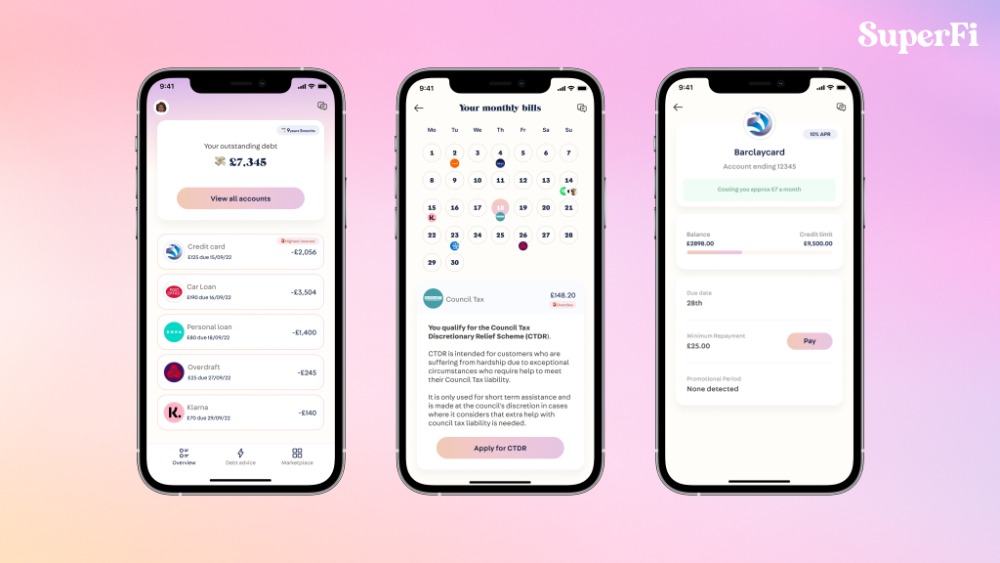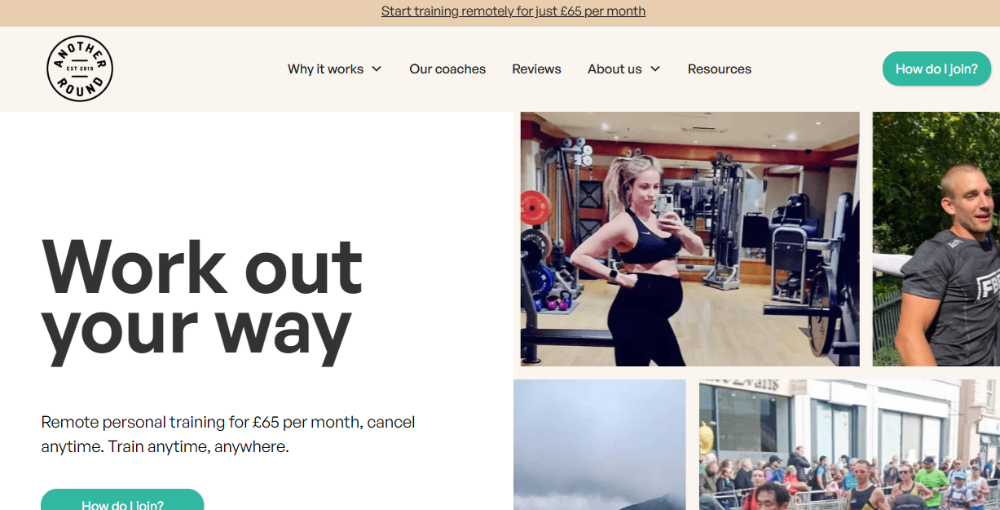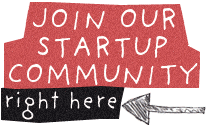How to spot burnout and beat it

by Startacus Admin
Tips and advice on identifying and overcoming burnout by the team at Spill, the startup which provides all-in-one mental health support to startups through Slack
1. Understand what burnout is
.jpeg) Burnout is the combination of three emotions: exhaustion, negativity, and ineffectiveness. Its root cause is psychological, centring on our goals and our expectations.
Burnout is the combination of three emotions: exhaustion, negativity, and ineffectiveness. Its root cause is psychological, centring on our goals and our expectations.
Whilst many people think the main cause of burnout is a heavy workload, it's more about how that workload is managed. This is also the case with depression and tiredness and whilst the symptoms do overlap, burnout is actually different.
Psychoanalyst Josh Cohen explains the difference in that "the exhaustion experienced in burnout combines an intense yearning for this state of completion with the tormenting sense that it cannot be attained, that there is always some demand or anxiety which cannot be silenced." Put simply, when you’re burned out, everything feels unwinnable.
2. Catch burnout early
Identifying the symptoms of burnout at the earliest possible stage is important, not least because prolonged burnout can easily turn into depression.
The order in which burnout symptoms — exhaustion, negativity, and ineffectiveness — manifest will differ from person to person. However, negativity can often be the easiest to identify at an early stage.
The following exercise will help you identify warning signs in yourself or a colleague. Ask yourself:
-
Do you feel more irritable?
-
Do you tend to see the worst in everything that happens or is suggested?
-
Are you quicker to shoot down other people's ideas?
-
Does each piece of work you get just feel like a burden?
 If you’ve answered yes to any of the above, it’s worth doing a more thorough stock-take of the other symptoms of burnout. If you think you might be experiencing burnout and you want a more comprehensive health check, try taking Spill's one-minute burnout symptoms test.
If you’ve answered yes to any of the above, it’s worth doing a more thorough stock-take of the other symptoms of burnout. If you think you might be experiencing burnout and you want a more comprehensive health check, try taking Spill's one-minute burnout symptoms test.
3. Burnout first aid: take time off
The first step in the burnout recovery process is to take some time away from work. Think of this as first aid for burnout. We’ll talk about the longer term recovery next.
To make this time off as restorative as possible, it’s worth being mindful of how you use it.
Spending time with those closest to you is a great place to start. Exercising outdoors is also recommended - lots of studies have shown that this has a big positive impact on mental health. Try to engage in activities where you find a state of flow. That could be playing games, making music or learning something new. You might also want to try meditation or mindfulness activities.
Taking time off is often easier said than done. If you manage someone who is burned out, try to dispel anxiety around taking time off by setting a good example and taking your own allotted leave. To ease potential FOMO, make sure that work progress and socials are shared on Slack in their absence, and offer to check in on them on WhatsApp during their time off.
4. Make changes to your work life
.jpeg) Once you’re back at your desk, it’s time to work out what caused you to burn out in the first place.
Once you’re back at your desk, it’s time to work out what caused you to burn out in the first place.
So why might your work feel ‘unwinnable’’? Below are some common psychological reasons:
-
Your goals and targets feel genuinely unachievable
-
Your goalposts for success keep moving
-
You don’t have enough autonomy
-
You don't feel like they’re mastering new skills
-
Rewards, recognition and workload feel unevenly distributed
-
The work culture feels competitive or unsupportive
-
Your job requirements don't fit with your personality and strengths
-
Your job requirements don't fit with your values and dreams
Once you have identified the key issues affecting your work life, it’s time for your manager and you to put steps in place to prevent future burnout with this burnout recovery plan.
5. Burnout-proof your workplace
To prevent burnout, it’s important for employees to feel like they’re making meaningful progress towards valued goals.
.jpeg) The key here is to adopt small, fixed habits. When consistently applied throughout the company, these habits will generate happier, more productive workplaces.
The key here is to adopt small, fixed habits. When consistently applied throughout the company, these habits will generate happier, more productive workplaces.
Let’s take just one of the causes of burnout – the problem of unachievable targets. To counter this, companies can adopt the following habits:
-
Make it okay to flag when people feel overstretched
-
Praise under-promising and over-delivering
-
Encourage people to be clearer about their boundaries
-
Build holiday time into execution plans
-
Protect your team’s time - for example, let them periodically turn off Slack notifications or try ‘Deep Work Wednesdays’
There are small but meaningful changes your company can make today to prevent each of the causes of burnout, and create a highly engaged working culture. To learn more about how to burnout-proof your workplace, check out Spill's guide to preventing burnout.
Subscribe to our newsletter
If you would like to receive our startup themed newsletter, full of the latest startup opportunities, events, news, stories, tips and advice, then sign up here. How Manufacturing Businesses Can Reduce Energy Costs
How Manufacturing Businesses Can Reduce Energy CostsGot a business in the manufacturing sector? These tips on how you can reduce energy costs while being more sustainable are well worth a read...
 SureIn Secures €4M to Close the SMB Insurance Gap
SureIn Secures €4M to Close the SMB Insurance GapInnovative InsurTech startup SureIn announces a €4M Seed round to further its mission of making insurance easy, transparent and hassle-free for SMBs.
 How IoT Is Revolutionising Consumers' Daily Lives
How IoT Is Revolutionising Consumers' Daily Lives Nassia Skoulikariti, Director of IoT Programmes, Mobile Ecosystem Forum shares some insights on how IoT is having a significant impact on all our lives.
 How to invest in tech companies with the help of AI
How to invest in tech companies with the help of AIRoger James Hamilton, Founder and CEO of Genius Group, a world-leading entrepreneur Edtech and education group, discusses how introducing a globalized curriculum will help better prepare students.
 SuperFi raises $1M pre-seed funding round
SuperFi raises $1M pre-seed funding roundSuperFi, the debt prevention platform, has announced a $1m pre-seed funding round to support people during the cost of living crisis.
 Startups rely on AI & sustainability for new partnerships
Startups rely on AI & sustainability for new partnerships41 startups from 13 countries, including the UK, have been selected for the 8th Kickstart Innovation program, one of Europe’s leading innovation platforms.
 Another Round closes £300k Seed round to revolutionise personal training
Another Round closes £300k Seed round to revolutionise personal trainingPersonal training platform Another Round has secured £300k in its latest fundraise, including investment from angels and its community.
 Thingtrax Secures £4.3M
Thingtrax Secures £4.3MThingtrax Secures £4.3M to Empower Manufacturers to Build the Factories of the Future
 A measure of inflation relief for small firms
A measure of inflation relief for small firmsA measure of inflation relief for small firms sees transport costs fall but service price increases remain elevated
 A look at HR tech startup HR DataHub
A look at HR tech startup HR DataHubBedfordshire-based HR tech startup HR DataHub has built a range of tools for HR departments
Published on: 21st December 2020
If you would like to enable commenting via your Startacus account, please enable Disqus functionality in your Account Settings.







- SureIn Secures €4M to Close the SMB Insurance Gap 15th Aug 2023 Innovative InsurTech startup SureIn announces a €4M Seed round to further its mission of making insurance easy, transparent and hassle-free for SMBs.
- SuperFi raises $1M pre-seed funding round 28th Jul 2023 SuperFi, the debt prevention platform, has announced a $1m pre-seed funding round to support people during the cost of living crisis.
- Startups rely on AI & sustainability for new partnerships 27th Jul 2023 41 startups from 13 countries, including the UK, have been selected for the 8th Kickstart Innovation program, one of Europe’s leading innovation platforms.
- Another Round closes £300k Seed round to revolutionise personal training 21st Jul 2023 Personal training platform Another Round has secured £300k in its latest fundraise, including investment from angels and its community.

.jpeg)






 Daniel Dierkes, David Schara, and Maximilian Geißinger 2.jpeg)

.jpg)




















